How to Navigate Project Development Agreements
Project development agreements (PDAs) are important legal instruments that govern the development of various ventures in Australia. PDAs can come in many different forms, and be referred to under different names. Many times parties may undertake a Joint Venture Agreement or other form of agreement. For the purposes of this article, we will use the term Project development agreement. Whether it's a construction project, real estate development, infrastructure initiative, or any other major undertaking, a well-structured and carefully drafted agreement is essential to ensure a smooth and successful collaboration between the parties involved.
PDAs aren't a tick-and-flick exercise to satisfy the legalities of project development but are necessary documents that are regularly referred to during (what can be) a very long development time frame; therefore, it's critical that your project development agreement is thoroughly considered and meticulously detailed.
Below, we explore the key aspects of navigating project development agreements in Australia to help stakeholders understand the intricacies and help work towards favourable outcomes for all parties involved.
Understanding Project Development Agreements
A project development agreement, also known as a development deed or contract, is a legally binding document that outlines the terms and conditions under which a project will be developed and executed. It serves as a roadmap for all parties involved, including developers, landowners, contractors, investors, and government authorities. The agreement establishes each party's rights, responsibilities, and obligations throughout the project lifecycle.
Identifying key parties and roles
One of the first steps in navigating a project development agreement is to identify the key parties involved and clearly define their roles and responsibilities. Typically, these parties include (however all of the below are unlikely to be parties to the PDA):
a. Developer: The entity or individual responsible for initiating and managing the project.
b. Landowner: The party who owns the land or property where the development will occur.
c. Contractors and subcontractors: Entities responsible for the construction, design, and other specialised aspects of the project.
d. Investors and financiers: Entities providing financial resources to fund the project.
e. Government authorities: Relevant local, state, or federal government agencies involved in granting approvals, permits and ensuring compliance with regulations.
Scope of the project
Defining the project's scope is critical to avoid ambiguity and disputes during development. This includes specifying the project's objectives, timelines, milestones, and deliverables. Additionally, clearly outline any constraints or limitations that may impact the project's progress and ensure that any extensions of time can adequately cover non-compliance.
Risk allocation and management
Project development agreements should comprehensively address risk allocation and management strategies. Risks in a project can be financial, environmental, regulatory or related to changes in market conditions. Clearly define how risks will be shared among the parties, each party's respective obligations, how potential issues will be addressed and how disputes will be resolved.
In particular, consider the pre-existing site conditions. Typically speaking, the developer assumes the risk for the condition of the land, which may include contamination, any heritage or native title over the land, environmental factors and existing or new infrastructure. A thorough project development agreement should consider risk mitigation for leaching contamination, the discovery of heritage items or relics and the removal of existing unknown infrastructure. Monetary and time caps are commonly included to help limit or mitigate those risks to the developer.
What about termination risk?
Understandably, developers commonly want to avoid the risk that a government landowner terminates the development agreement. Therefore, if you are looking at permitting step-in and buy-back or termination in your PDA, consider doing so in limited circumstances. These circumstances should be clearly outlined in the agreement and the associated consequences of either party terminating the PDA. You may also wish to consider exit strategies, such as handing over the project to another developer, if necessary.
Gap risks
Gap risk refers to the potential risk or exposure that arises in the event that there is a significant difference or 'gap' between expected outcomes or projections and the actual results or performance of the project. This discrepancy can lead to adverse consequences for the project and its stakeholders.
Effective gap management is, therefore, crucial in project development. For instance, a delay in the building's practical completion, preventing the tenant from moving in on time, could result in substantial damages claims against the landowner. To aid in mitigating this risk, the PDA needs to align timelines in documents, ensuring an appropriate gap between the building contract's practical completion and the lease commencement date.
Legal and regulatory compliance
Australian project development agreements must comply with various federal, state, and local laws and regulations. A robust development agreement should incorporate all necessary approvals, permits, and licenses required for the project. Additionally, it should consider environmental impact assessments, zoning regulations, and building codes to maintain compliance throughout the development process.
Financial considerations
The financial aspects of a project development agreement must be detailed and transparent. This includes determining the project budget, funding structure, payment of the development fee, construction costs, payment schedules, cost-sharing arrangements and mechanisms for handling cost overruns or savings. It is common for development agreements to include payment categories that extend past land payments, such as infrastructure contributions, therefore, a PDA with clarity on financial matters should help promote a fair and stable partnership.
Land transfer
The right to transfer land is another important consideration in PDAs. Put/call options are a standard mechanism used in the land transfer from the landowner to the developer, and typically this is done across the life of the project rather than upon commencement of the development agreement. Put and call agreements can be complex, which is why it's imperative that both the put option and call options work, that the start and finish dates of both options are clear, that they've been created based on objective events and that any conditions precedent can be satisfied.
Moreso, any conditions precedent need to be within the developer's control, and any template sale contracts attached to the development agreement should be able to effectively transfer the land. (A draft subdivision plan should clearly describe or indicate the land to be bought and sold).
Intellectual property (IP) rights
If the project involves intellectual property (IP) creation, ownership, or usage, then the PDA should clearly address the rights and licensing arrangements for any IP involved. This includes patents, copyrights, trademarks, and trade secrets.
Dispute resolution mechanisms
Despite best efforts, disputes do arise during the development process. This is why it's important to include precise dispute resolution mechanisms, such as negotiation, mediation, or arbitration, to address disagreements swiftly and efficiently. This may help in avoiding costly and time-consuming litigation.
Bradley & Bray Lawyers offer local, experienced legal services in business, succession and property law
At Bradley & Bray Lawyers, our expertise and extensive knowledge of commercial real estate, business law, and property law means that our skills span well beyond conveyancing services. Our holistic approach to legal services means that you can access more than assistance with your development contracts or put and call options — working with the trusted Sunshine Coast property lawyers at Bradley & Bray means accessing the support and protection of experienced commercial property lawyers to ensure that your development agreements and property transactions are executed professionally and effortlessly.
A carefully considered project development agreement is crucial for the successful execution of any project. Talk to the team at Bradley & Bray Lawyers to understand more about how we can help you today.
This article is general in nature and does not constitute legal advice. If you require legal advice in relation to your personal circumstances, you must formally engage our firm, or another firm to provide legal advice in relation to your matter. Bradley & Bray lawyers takes no responsibility for any use of the information provided in this article.





